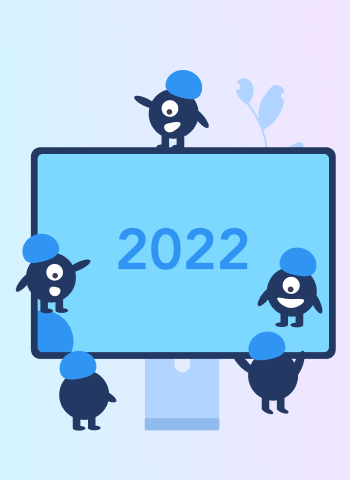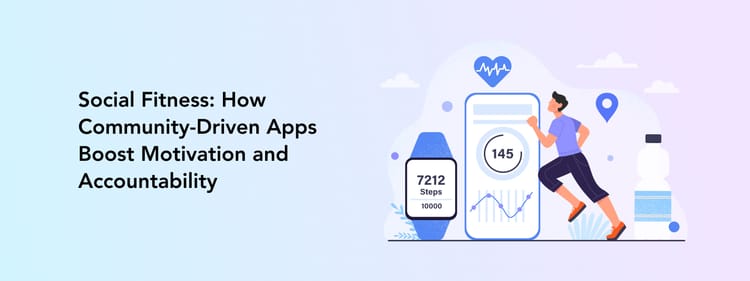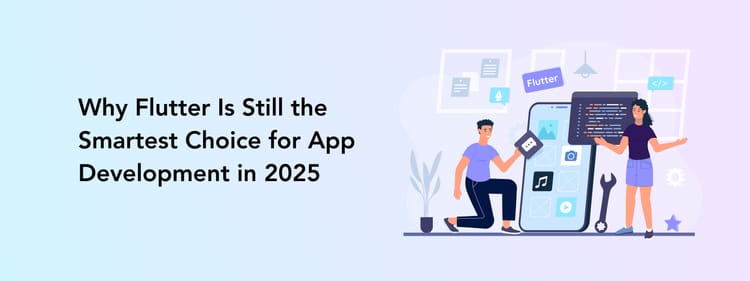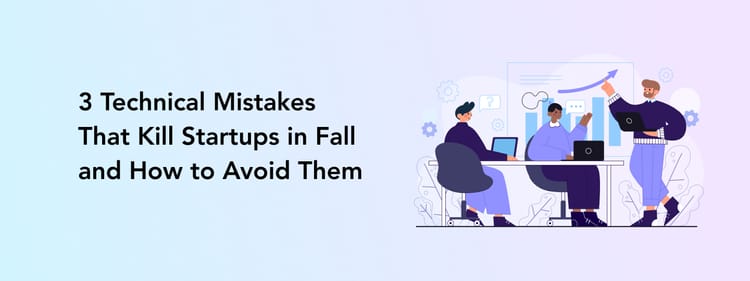Can you imagine going in person to the ticket office to book a flight or using a printed map to find your hotel? These days, it’s almost impossible to plan a trip without using technology, and we can pretty much do everything through our phones. No wonder 61% of travelers booked their flights via a smartphone app in 2019.
With the borders between countries opening up again, more and more people are getting back to using the traveling apps on their smartphones. So, it’s the perfect time to think about your own tourism app, be it for booking accommodations or providing your users with travel experiences.
But how to build a travel app? What makes a travel app great? Which features are absolutely essential for travel application development, no matter its type? And, finally, how much does a travel app cost? Let’s work through the answers together.
4 top travel app types to develop
Before discussing how to make a travel app, let’s start with the basics: the very functionality of your future application. Your app might help users at any stage of their journey, from researching destinations to finding the best hotel offers.
What are some of the most used travel app types?
Flight and transportation booking apps
Of course, it’s hard to get anywhere without booking a flight first. Flight aggregators are the most popular ways to find a convenient offer and a frequent choice for travel app development. People can use the transport app to analyze the prices and available dates from different airlines and then book a flight on the spot.
The same goes for buses, trains, or even ferries. Opening website after website of each carrier is no fun, so downloading an all-in-one app is a great choice for travelers.
Some of the most popular trip booking apps are Skyscanner and Kiwi for flights, or Omio and Rome2Rio for all types of transportation.


The Omio app helps you find the plane, bus, and train tickets.
Accommodation booking apps
Immediately after booking your flight, you will likely open an app like Airbnb or Booking. Again, there is no use in searching accommodation options on Google or a map, then visiting the hotel’s website to check prices.
Accommodation aggregators let the users choose a suitable stay by filtering the sites by date, accommodation type, price, reviews, and so on. Thanks to the automated booking systems, travelers don’t have to communicate with the accommodations directly.
Often, such apps also take care of conflict resolutions and refunds. In turn, booking application owners do not have to worry about monetization as they earn profit through commissions.


Airbnb is one of the most popular accommodation booking apps.
Travel guides
Once flights and accommodations are booked, travelers are left wondering how to get the most out of their time. Which places are worth visiting and which ones are overhyped? What are the city’s hidden gems? Where should I go if I only have a few days?
Travel guides can answer these and other questions on the spot. Filters can help users select tours or agendas based on their interests. For example, you might want to focus on one theme, like historic sites or sports activities.
How to make a travel guide app? Basic travel guides usually provide information via text. However, you can make a travel app more competitive by adding audio excursions or even augmented reality features.
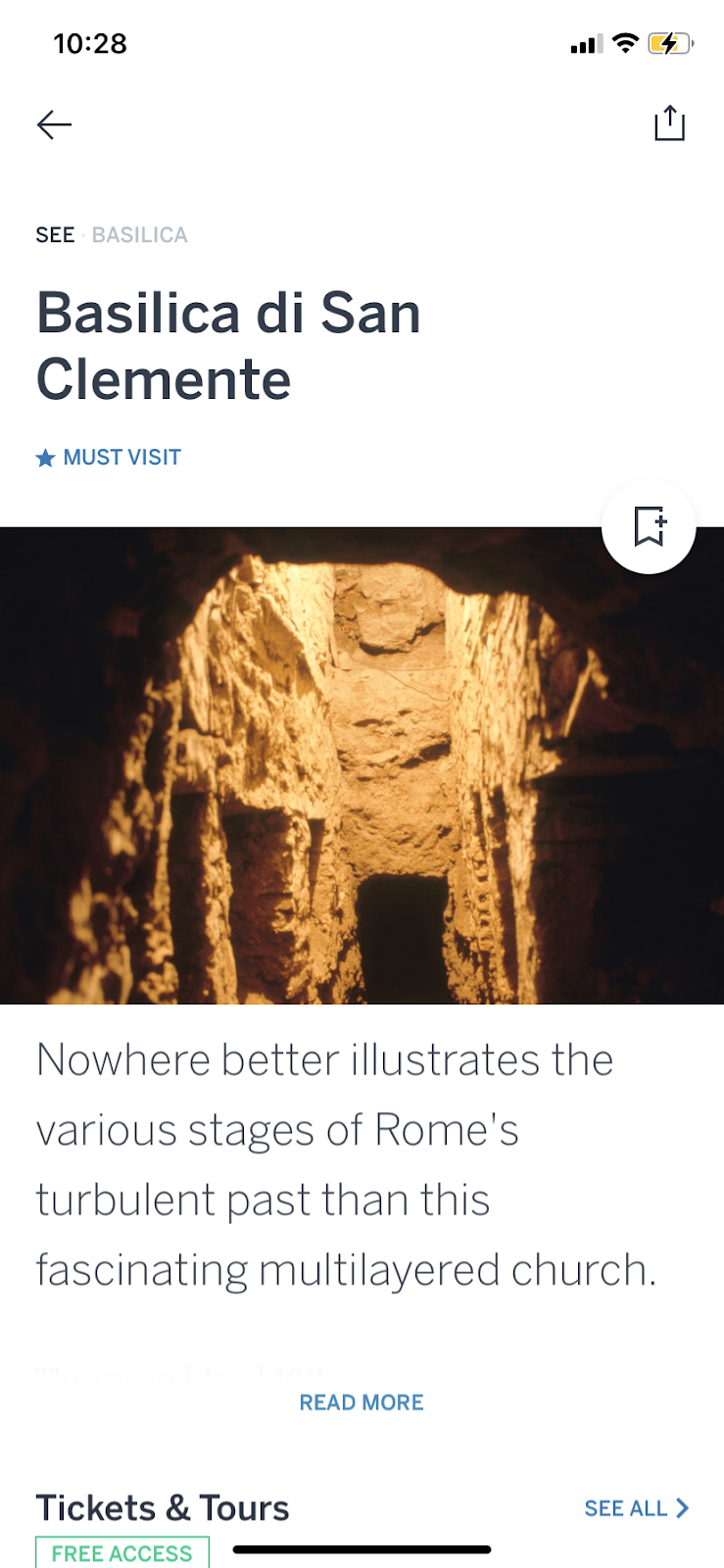

Lonely Planet’s “Guides” app offers its users' city tips and information about landmarks.
Trips and activity booking apps
For those who want to create a travel app that stands out among the market, a travel organizer app is a great choice and in demand as you can target specific regions, trip types, and demographics – whatever you choose.
For example, recently, we created a travel app for searching and booking sports activity trips. Users can select an activity type, such as hiking or kayaking, view the available trips, and book the one they love the most.
What are the main features of a travel app?
The travel mobile app development process always starts with choosing the app’s functionality. Of course, some features depend on the type of solution you choose, but there are others that any kind of application needs. These include:
- User registration and sign in
- Search engine with filters
- Database with all listings
- Booking system with payment gateways
- Push notifications
- Settings
- Onboarding
Then, depending on the solution type, you might need additional functions.
Get help choosing the feature set: developing your travel app with Perpetio means business and tech consulting included.
Let’s take the example of travel apps development: our trip booking app. This application is an MVP (minimum viable product), which is the approach we recommend our clients use for any new product. Why?
By building an MVP, you’ll get a fully functioning competitive app while saving the extra money and time it takes to build a complex solution. When presenting an app made from scratch, the best feedback you can get is from actual users. You will include the features customers need and find valuable. And extras can be added later on as your product extends.
User registration and login
First things first. To use any app, people will need to log into it or sign up in some way. Because trip booking apps require users’ sensitive data, such as their emails and card numbers, registration is simply necessary for completing the booking and protecting this information.
Usually, the user’s phone number or email address is used for registration. You might also offer the option to register via social media accounts. Either way, the Firebase authentication tool is most commonly used for enabling user login.
Searching and filtering
After a user is logged in, they are usually redirected to the home page displaying all the available elements. For example, in our travel guide app, we list all the sports trips in which a user can sign up.
Depending on the app type, various listings might include flights, accommodation, excursions, sightseeing points, and so on. The point is that there is no chance of building a travel app without a database. Your database can be either a local one, such as SQLite, or a cloud, like Firebase.
Apart from simply scrolling the list of trips, the user should be able to filter them according to their preferences. This helps them save time and, as a result, get a better experience. Possible filters include:
- Dates
- Activity types
- Locations
- Number of people
- Cost
- Accommodation types (e.g. a flat or a hotel room)
Take a look at our travel app development for iOS and Android example. Here, our primary filter is the activity type, such as biking or camping. We also give our users the option to enter a location in the search bar manually, which produces trips in a particular country or region.
The best way to fetch data from different airlines, hotels, and other providers is to use a travel app API (application programming interface). APIs allow developers to call other websites when a user starts a search and, as a result, provide up-to-date pricing and availability. For example, you can integrate the Skyscanner API to provide flight booking information.
Listing
After finding a suitable option using filters or scrolling, the user will need more detailed information. No matter what your app is listing, there is always something to share. For example:
- If you offer plane or bus tickets, your users need to see the carrier, departure and arrival time, reviews, price breakdown, luggage regulations, refund policies, and so on.
- If your app is all about accommodation, naturally, photos are what users want to see most.
Additionally, a listing should have a text description and available amenities (like Wi-Fi or laundry options). Integrating a Google or Apple map with the accommodation’s location is a great idea too.
Clearly, not many people are ready to book a room or flat without reading the reviews and examining the cancellation policies.
- Travel guides can come in many different ways. The listing can be an entire tour or a particular sightseeing spot. It’s best to offer multiple ways to engage, for example, reading a text and listening to the audio version of it. Travel guide listings need to have map integration, as well as photos to help users identify each location.
- Trip or experience booking apps work similar to accommodation ones. Users will need details about the trip, its cost, photos from the location, reviews, and a route map.
Booking
Finally, when the user feels good about the ticket, accommodation, tour, or anything else, they need to complete the booking. As we mentioned before, this process involves sensitive information, so a secure database is a must.
Of course, a reliable payment gateway is required as well. Still, if your app is an aggregator, the payment can go directly to the provider through the same API you used for fetching the data about the booking.
Where can I find travel app developers and find out how much it costs?
Now that you know what stands behind each of the travel app features, it’s time to spell out the price it takes to build a travel app. Let’s see how much a travel app MVP can cost.
Choosing a travel app developer
The first parameter that forms the app’s price is your travel app development company.
A recent report states that 71% of travel app users take their digital experience into account when deciding on a flight. To help the users enjoy booking any travel service through your app, design and development decisions should be made by professionals.
How can you know whether a team can be trusted with travel app development for Android or iOS? Look for those who already have similar solutions in their portfolios. Check out websites like Clutch and GoodFirms to find a company.
Money-wise, it is cost-effective to choose design and development teams from Eastern European countries, such as Ukraine. While the quality of their service is the same as the US and Western European-based providers (who charge $80-100/hour), the hourly rate is more budget-friendly. An experienced Ukrainian team will charge around $35-50/hour.
The process cost
So, suppose the hourly rate of the team you want to work with is $40/hour. But how to create a travel app, and how many hours will the process actually take? The short answer is “It depends, but at least 400-1000 hours for an MVP.”
These hundreds of hours are divided between the design, development, and testing processes. Each of these stages includes a lot of work and details to take into account, from researching the market to testing the final app. If you’re interested, you can read more about what the design stage includes in this blog post.
One important thing to remember is that this estimation is for a project with MVP features. If you are wanting more complex features, like augmented reality for your travel guide, it will require additional hours.
The table below will give you an idea of much time each stage takes:
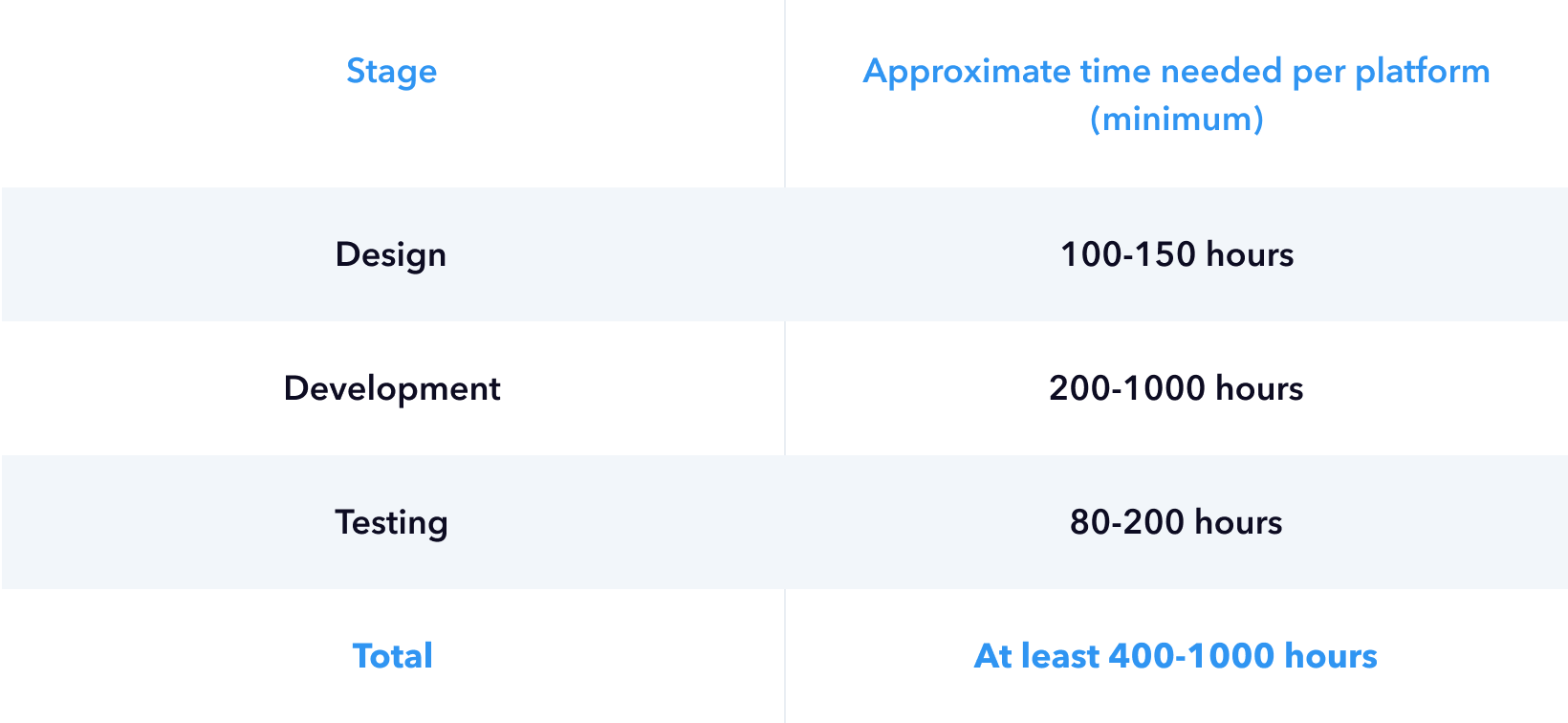
If we continue the example with the Ukrainian team that charges $40/hour, an MVP app will cost $16 000-40 000 minimum.
This is the approximate calculation for one platform only. If you are planning to get both iOS and Android apps, the expenses will be doubled. Alternatively, you might choose Flutter development to get an application suitable for both platforms.
The bottomline
With tourism getting back to normal, there is an increasing demand for modern and convenient travel apps. And, considering the pandemics’ risks and aftermath, most people prefer online solutions now so it’s the perfect time to build your own travel app.
Perpetio has experience with building travel apps of all the types we described in this article, like travel guides, booking, and accommodation applications. You could see our cases as examples; we like sharing knowledge based on our own expertise, not hypothetical stories. The features and estimations we shared today come from the real-life cases we completed.
We can assure you that building a travel app is doable and even fun if you team up with a company that can make the process straightforward, provide you with enough consulting, and take responsibility for the final result.
FAQ
- What makes a good travel app?
Must-haves for a decent travel app include a search engine with filters, a database with all listings, a booking system with payment gateways, and other features depending on the app type.
- How do travel apps make money?
When creating a travel app, you can choose a suitable monetization model, such as in-app ads, freemium, in-app purchases, a paid app, and others.
- How does a travel app work?
Depending on the type, a travel app can help users purchase transport tickets, book accommodation, buy experiences, or navigate through new locations.


